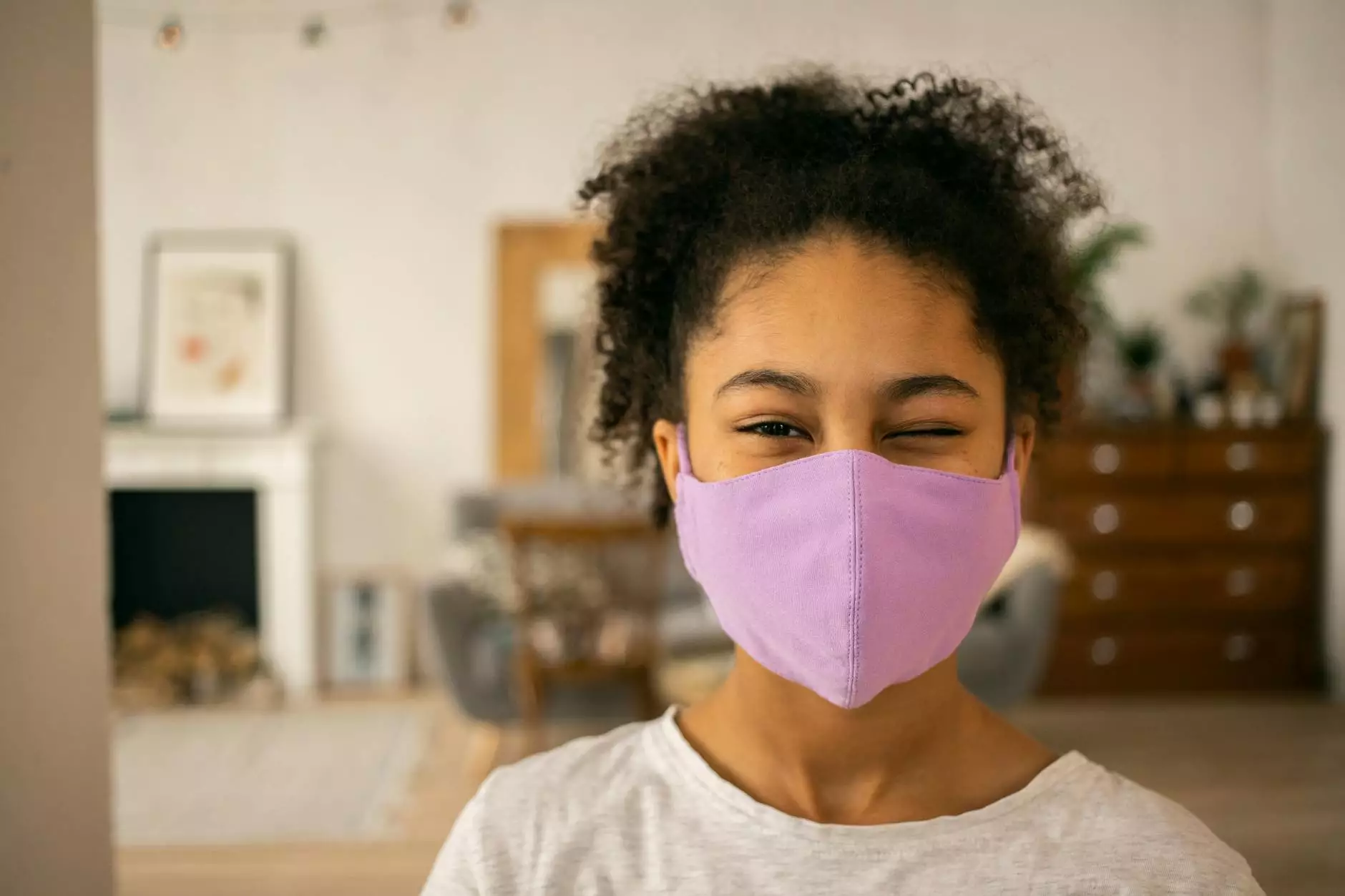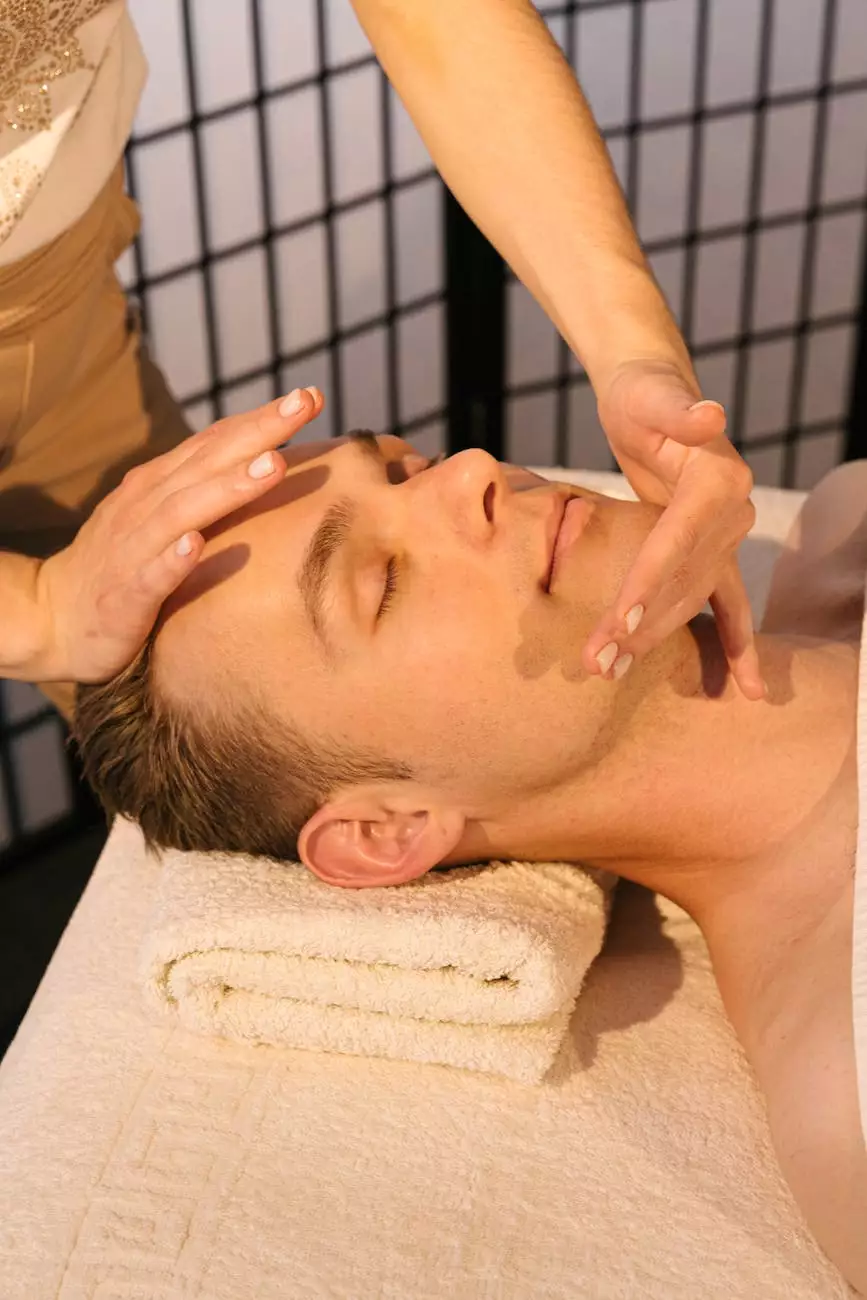Preventing Falls - Adults

Welcome to Foley James D MD's comprehensive guide on preventing falls in adults. As a leading provider of health services, we understand the importance of maintaining a safe and healthy lifestyle. Falls can be particularly hazardous for adults, especially older adults, and can significantly impact their quality of life. In this guide, we will provide you with valuable information, practical tips, and effective strategies to prevent falls and improve your overall safety.
The Importance of Fall Prevention
Falls are more common than most people realize and can lead to severe injuries, fractures, and even disabilities. The physical and emotional consequences of falls can be devastating, affecting individuals' independence, mobility, and overall well-being. By taking proactive measures to prevent falls, you can greatly reduce the risk of accidental injuries and promote a safer, healthier lifestyle.
Risk Factors for Falls
Understanding the risk factors associated with falls is crucial in implementing effective fall prevention strategies. While everyone is susceptible to falls to some extent, certain factors can increase the likelihood of falling. These include:
- Poor balance and coordination
- Muscle weakness and loss of flexibility
- Vision problems, especially related to depth perception
- Medication side effects that affect alertness or stability
- Environmental hazards such as slippery floors or uneven surfaces
- Chronic conditions like arthritis, diabetes, or osteoporosis
- Lack of physical activity or sedentary lifestyle
- Poor nutrition and vitamin deficiencies
- Mental health issues, including depression and anxiety
By identifying and addressing these risk factors, you can significantly reduce the chances of experiencing a fall.
Prevention Strategies
1. Maintain a Healthy and Active Lifestyle
Engaging in regular physical activity contributes to overall strength, balance, and coordination – all essential elements for fall prevention. Aim for at least 30 minutes of moderate exercise most days of the week. Focus on activities that improve strength and flexibility, such as walking, swimming, or tai chi. Consult your healthcare provider before starting any new exercise program.
2. Assess Your Home Environment
Your home should be a safe haven free from potential fall hazards. Evaluate your living space and make necessary modifications, including:
- Installing grab bars in bathrooms, near toilets, and showers
- Securing loose rugs or removing them altogether
- Ensuring proper lighting in hallways and staircases
- Removing clutter and organizing pathways
- Using non-slip mats in the bathroom and kitchen
- Installing handrails on staircases
By creating a safe environment, you reduce the risk of accidental falls.
3. Regular Eye Examinations
Vision problems can significantly impact your balance and depth perception, making you more prone to falls. Schedule regular eye examinations to ensure your vision is optimal. If needed, wear corrective eyewear and keep your prescriptions up to date.
4. Review Medications
Certain medications may cause dizziness, drowsiness, or other side effects that can increase your risk of falling. Review your medications with your healthcare provider to identify and minimize any potential risks. Follow the prescribed dosages and inform your doctor about any new medications or supplements you start taking.
5. Proper Nutrition
A balanced diet rich in essential nutrients plays a vital role in maintaining bone health, muscle strength, and overall well-being. Ensure you are consuming enough calcium, vitamin D, and other essential nutrients through a combination of healthy foods and possibly supplements, as recommended by your healthcare provider.
6. Use Assistive Devices
If you have difficulties with balance or mobility, consider using assistive devices that provide extra support and stability. This might include canes, walkers, or appropriate footwear. Consult with a healthcare professional or physical therapist to determine the most suitable options for your specific needs.
7. Regular Check-ups and Screenings
Regular check-ups and health screenings are essential in identifying and managing chronic conditions that may contribute to fall risk. Work closely with your healthcare provider to monitor and address any underlying health issues effectively.
8. Stay Informed
Continue educating yourself on fall prevention strategies, staying up to date with the latest research, and seeking guidance from trusted healthcare professionals. The more knowledgeable you are, the better equipped you will be to prevent falls and maintain an active, independent lifestyle.
Conclusion
Falls can be prevented by implementing practical strategies to reduce risk factors, maintain a healthy lifestyle, and create a safe home environment. By following these guidelines, you can significantly decrease the likelihood of falls and maintain your overall safety. Remember, prevention is key, and taking proactive steps today will help you enjoy a safer, healthier future.




